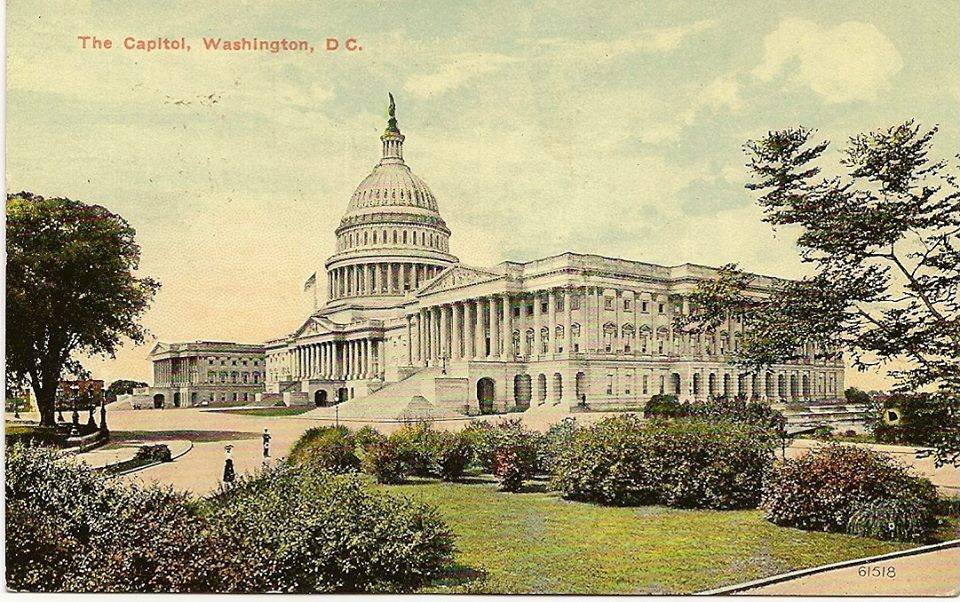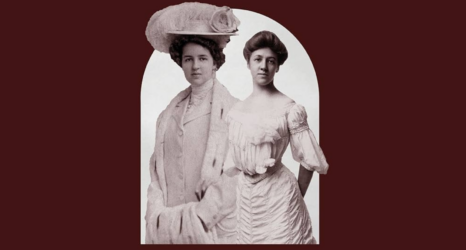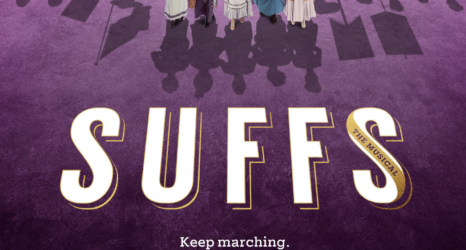
Today in Feminist History is our daily recap of the major milestones and minor advancements that shaped women’s history in the U.S.—from suffrage to Shirley Chisholm and beyond. These posts were written by, and are presented in homage to, our late staff historian and archivist, David Dismore.
September 28, 1918: Several generations into the battle for the ballot, a major setback for our forces today, just as victory in Congress seemed tantalizingly close.

Though aware that a single vote was still lacking for approval of the Susan B. Anthony (woman suffrage) Amendment in the Senate, hopes had been high that somehow that last vote could be won. If Senate passage had followed the House’s approval back on January 10th, the suffrage amendment would have gone to the State legislatures for approval by 36 out of 48.
But today the task of conversion became twice as hard when Senator Christie Benet, Democrat of South Carolina, announced to the surprise of all that he would be voting against the Anthony Amendment. The revised tally now stands at 62 in favor and 34 opposed, leaving the measure a seemingly insurmountable two votes short of the 2/3 (64 votes) needed in the 96-member Senate. Woman suffrage has been a partisan issue for some time, and the gap between the two parties remains wide. Counting today’s defection, there are now just 30 out of 52 Democrats in favor (57.7%), while 32 out of 44 Republicans (72.7%) are still supporters.
With midterm elections coming up, and tensions running high, there have been a number of unusually caustic comments made on the Senate floor regarding the suffrage battle. Yesterday, Senator Key Pittman, Democrat of Nevada, a strong supporter of suffrage, accused Republicans of entering into an alliance with the National Woman’s Party to embarrass Democrats just before the election.
Senator Pittman accused Republican Senator Reed Smoot of Utah of deliberately overestimating Republican suffrage strength so that Senate suffrage supporters would think that the amendment would pass, and call it up for a vote. At that point the Anthony Amendment would be defeated, and the National Woman’s Party would once again drive home to women in the States where they can already vote that Republicans supported the Anthony Amendment by well over the required 2/3 majority, and Democrats defeated it by voting for it by much less than a 2/3 majority. Senator Smoot denied that he had ever told suffrage lobbyists that there were 33 Republican votes for suffrage, and many bitter speeches by Senators of both parties followed.
One example of the tenor of the rhetoric came from suffrage opponent Senator James Reed, Democrat of Missouri, who resents the power that suffrage organizations and their leaders have acquired over the years. He said yesterday:
“The Senate of the United States does not want a female or male boss outside, or any boss except the people of the United States, and I include in that every official of the Government – I include the Cabinet and the President. But here we have a situation where a petticoat brigade waits outside, and the Senate sends out its leaders, like little boys, like pages, to these women to receive their orders. Put on cap and bells if you are to do that, and get a stick carried by the court fool of the Middle Ages, and go and do your truckling in proper garb.”
All efforts by pro-suffrage Senators to bring the Anthony Amendment to a vote have been suspended for now, and new strategies are being considered. But unless something changes, a vote on the Anthony Amendment must either wait until a new and friendlier Congress is seated next year, or face what appears to be certain defeat if the measure is brought up in this one. But regardless of whatever obstacles may stand in the way, the struggle will go on!





